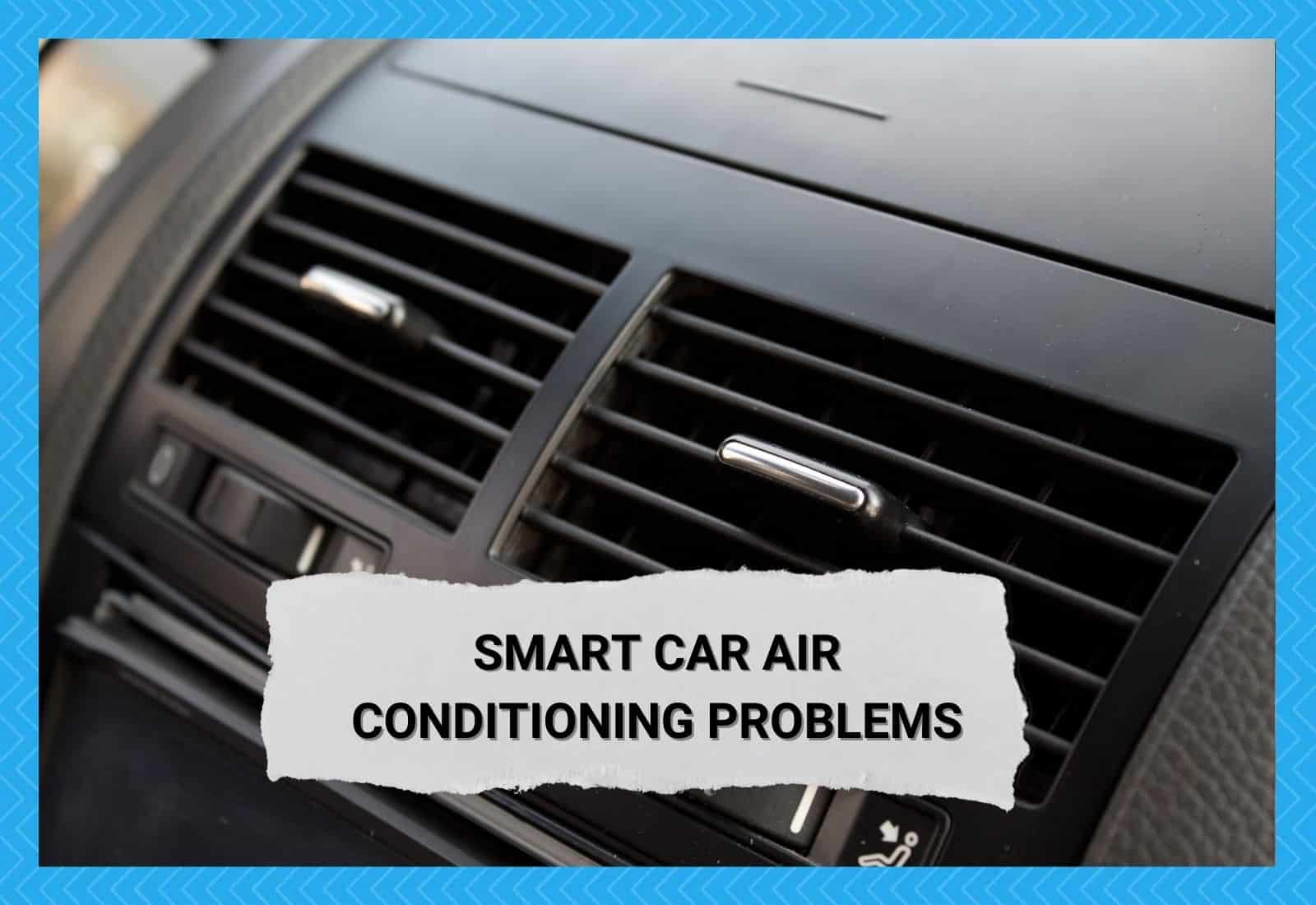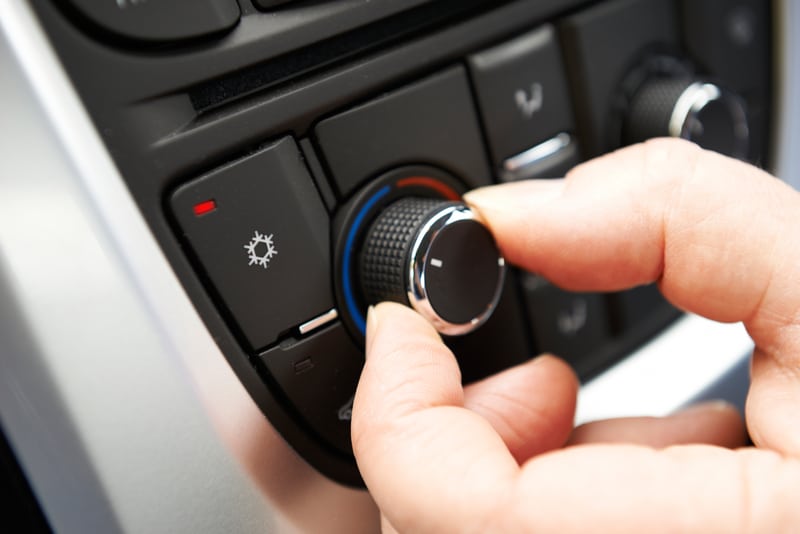
Introduction
Smart cars have taken the market by storm in recent years. They have been immensely popular among environmentally and economically conscience motorists. However, like most vehicles, their popularity can highlight specific common faults with their systems.
In the case of Smart cars, it is some typical air conditioning problems. Luckily, this has allowed for quick and easy troubleshooting and diagnosis to get your car back on the road as soon as possible.
Therefore, if you are experiencing air con issues in your Smart car, read on to figure out how to spot them and get them fixed fast.
How Does Air Conditioning Work
A vehicle air conditioning system is an absolute necessity. Your vehicle is essentially an insulated metal box that lives outside. It loves nothing more than to absorb all of the heat in the atmosphere, creating very uncomfortable driving conditions.
It is essential to understand exactly how the air conditioning system works to understand how and why problems arise. Hopefully, it will even help you fix them yourself with just a little know-how.
Firstly, refrigerant is crucial to create a cool and refreshing breeze in your cabin. It is a cleverly employed compound that is a gas at low temperatures and condenses to liquid when exposed to higher pressures.
A cleverly designed system harnesses these qualities to cool the chemical down even when exposed to high operating temperatures.
In order to employ refrigerant effectively, there are several critical components and processes that must take place. Thus, a Smart Cars airconditioning unit is reasonably typical and is comprised of 5 main components. They are as follows:
- Compressor – This component creates pressure, pushing the liquid refrigerant through the system.
- Condenser – Used to allow air to pass over the refrigerant causing it to drop in temperature and become liquid.
- Receiver – Essentially, it holds a refrigerant reservoir until required and helps filter impurities out of the system.
- Thermal Expansion Valve – Regulates the rate refrigerant is exposed by the evaporation coils.
- Evaporation Coil – Where the cooled refrigerant passes through coils which are subsequently blown into the cabin creating a cold breeze
This ingenious sequence is excellent at cooling your cabin, but sadly it is not perfect. Air conditioning problems are one of the most commonly reported issues by car mechanics.
This is true for Smart car owners too. So let’s talk about some of Smart car’s most common air-con issues and how to address them.
Common Smart Car Air Conditioning Problems
1. Blowing Warm Air
The most common issue associated with a Smart car’s air conditioning unit is that the unit is only blowing hot or warm air. Therefore, it is an issue you should familiarize yourself with resolving.
It is a cliche, and for a good reason. A little like, are you sure you plugged it in? First, it must be asked if the AC has been programmed correctly. Firstly, ensure you open all the vents and check that the AC has been set to its coldest option.
The Smart car also has an automatic temperature adjustment button to keep the cabin at a preset temperature. If you change the setting and nothing happens, then make sure you have disengaged the preset function and put it back into manual operation.
If all the settings are configured, and the vents are open and orientated, then you can begin to address a more mechanical issue. A fundamental problem with AC units is that they require refrigerant to be refilled periodically.
Car owners often need to be aware of this, as it is valid for all vehicle AC systems. The chemical compound will naturally evaporate around 10-15% of its volume yearly, regardless of how frequently it is used.
Additionally, refrigerant is used to lubricate the rubber seals to prevent them from perishing, reducing your refrigerant reservoir.
If you are experiencing this issue, then the best action is to get your local mechanic to recharge your system. They will be able to complete this process quickly and will fix your AC unit instantly.
Be mindful if your refrigerant needs to be refilled increasingly frequently. This is a clear indication that there is a leak in the system. It can come from worn piping, external damage, or worn seals, etc.
There are several potential sources, all of which require expert assessment and attention to fix. So take it to your local garage as soon as possible to get it sorted.
2. Strange Smell Coming From the Fan
Unusual smells coming from your Smart car’s AC is another typical problem highlighted by owners. These unpleasant smells can be more severe than they appear and should be addressed immediately.
Luckily, each smell is often associated with a particular problem and is an excellent method of diagnosing the issue.
Damp or Pungent Smell
Old stagnant smells are often not due to a mechanical fault. Instead, their source is most often a result of contaminated or blocked airflow that has been allowed to fester or remain wet for an extended period of time. Usually, when the Smart car has not been driven for some time.
To resolve this, replace the cabin air filter located in the glove compartment. Then, use a vacuum cleaner to clean all the air vents and ensure no organic debris rotting in the engine bay.
Chemical Odour
The engine bay is a labyrinth of pipes, hoses, and fluids which can leak into each into other systems. If there is a distinctive sweetness in the air pumped out of the AC vents, it is almost certainly an engine coolant leak in either the engine bay or the AC system itself.
This a severe issue that a mechanic should address. Coolant leaking can lead to your engine or AC system being destroyed.
Similarly, if you smell gas from the AC, turn the system and Smart car off immediately. This would be indicative of fuel which is incredibly hazardous, and any internal leak can cause catastrophic issues. Again, this is a job for an experienced mechanic.
3. Won’t Turn On
If the AC uni will not turn on, it is almost certainly an electrical fault. The Smart car has numerous electrical components which are designed to optimize the driving experience. However, the abundance of wiring has been highlighted as a problem for Smart cars.
It has been suggested that the excessive wiring in compact spaces has caused friction between cables, causing them to break. Additionally, numerous electrical component has led to AC unit fuses being blown more regularly.
Replacing fuses can be irritating but done quickly and cheaply at home. However, if you find that replacing the fuse won’t reactivate the AC unit, you may have to take it to an auto electrical specialist.
These niche specialists can be very costly as they must dismantle a large section of the vehicle to access the tiny wires. However, it is the only way to get the AC back up and running.
Conclusion
Smart cars are incredibly popular vehicles with excellent reputations. Their popularity has allowed for the best form of market research as common issues have arisen. Hence the most prevalent AC problems have been highlighted in the above article.
Although the majority of them should be addressed by a professional, diagnosing the problem yourself will speed up the repair process significantly and give you peace of mind that your mechanic is doing precisely what is necessary.

